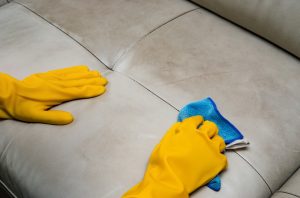Many homeowners desire to have a swimming pool in the backyard. That way, they can easily cool down on a hot afternoon or chill with friends on weekends. What they often overlook, though, is maintaining a swimming pool properly.
The good news is pool maintenance can be simple and fast, as long as your swimming pool is built to excellent standards. During construction, only use durable specialty piping and other quality materials from reliable suppliers in Utah or wherever state you live. Once your swimming pool is built, here’s how it can stay pristine:
Know the parts of your pool
The first step in pool maintenance is learning about the different parts of your pool to know how they work and how you can clean them properly. There’s just four: the pool water and the pool structure itself, including the inner walls and the perimeter walkway. There’s also the pool’s filter system and its skimmers and returns. The pool filter system is responsible for keeping dirt and other contaminants from getting into your pool. Meanwhile, the skimmers push water into the filter, and the returns pull them back out.
Observe daily pool circulation
Your pool needs to circulate the water to keep it from being dirty or cloudy or from generating nasty pool algae and bacteria. Some people could afford running their pool pumps 24/7, but if you’re working within a budget, then running your pump for about eight to twelve hours a day works just as well.
Another method is to backwash your filter. This means reversing the circulation of water through the filter to force the built-up contaminants out to the waste port.
Clean your pool thoroughly

Even with proper circulation, the walls and floor of your pool can still get grimy. Drain out your pool water to brush and vacuum the walls and floors at least once a week. Use a tile cleaner when brushing to deep-clean the tiles and grout. Pour a dose of algae preventer and clarifiers to prevent bacteria and algae growth. Add pool shock, or powdered chlorine, to maximize the effect.
Of course, you can always just purchase an automatic pool cleaner to save time.
Whip out the water testing kit
Any pool water testing kit should have easy-to-use strips that can test for pH balance, total alkalinity calcium hardness, and the presence of metals and sanitizers. pH levels indicate how acidic or basic the pool water is. If it’s too basic, it can cause faster corrosion. You should keep the total alkalinity at 120 to 150 ppm to stabilize the pool’s pH levels. Beyond that number won’t only throw off the pH balance but also lead to scaling or cloudy pool water.
The amount of dissolved calcium in the water can affect the life of plaster finishes and vinyl liners. If it’s too high, then it can cause etching as well as excess calcium deposits. The same danger goes for having too many metals like copper, manganese, and iron in your pool water.
Stick to your cleaning schedule
Once you know what can endanger your pool parts, it’s best to make a schedule to address it. You can only depend on a hired pool cleaner so many times. More often, you’ll have to do the maintenance yourself. Check your pool’s chemistry at least twice a week and clean out your pool filters at least twice a year.
Keeping your pool sparkling clean is more than just having a comfortable swim; it’s also about protecting one of your most prized investments.






